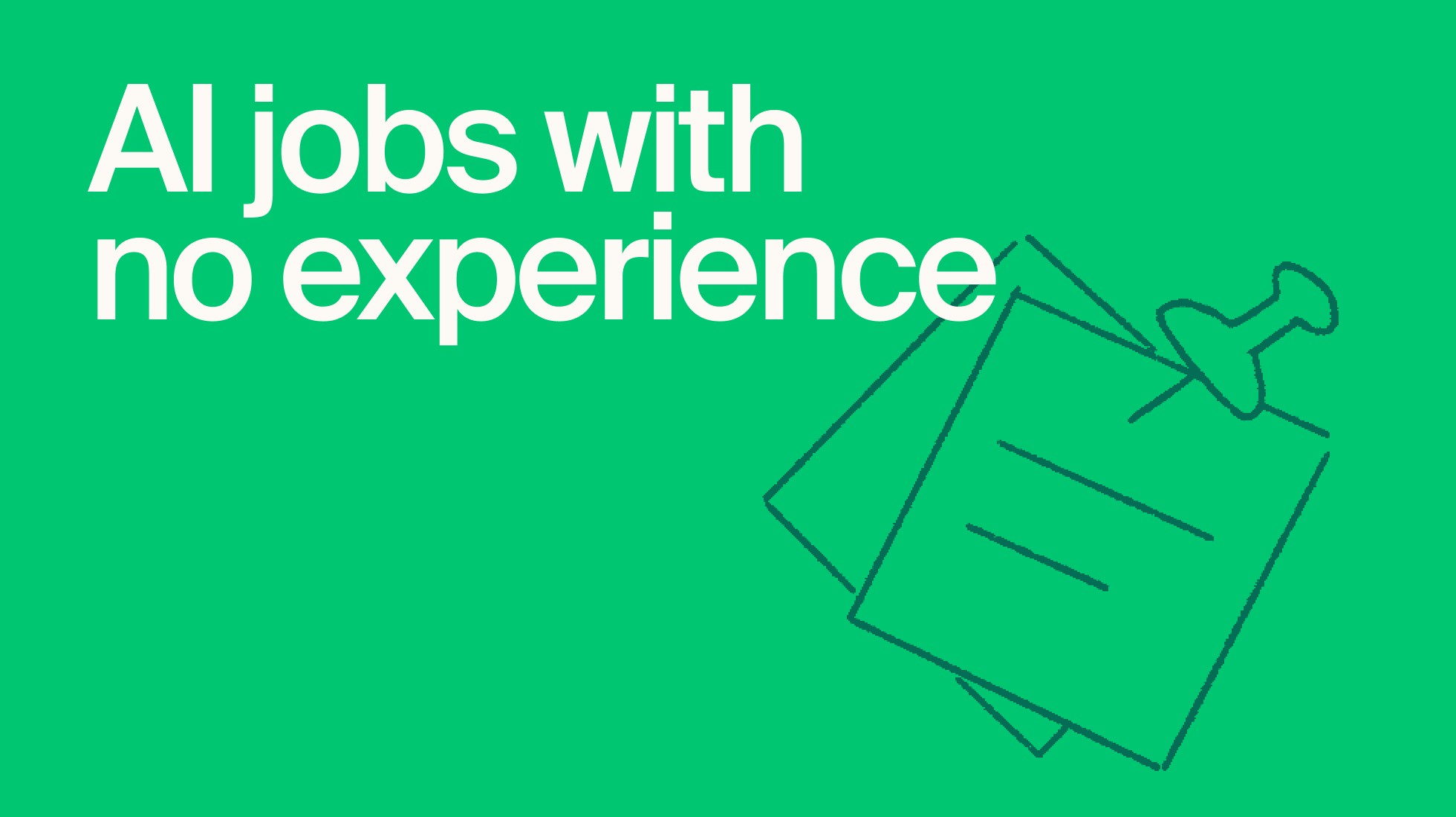Community Stories
October 24, 2024
Article by
Benedetta Fabris
As someone who's been freelancing for years, I consider myself a bit of a time-management expert. Freelancing can easily feel overwhelming. Yes, the flexibility is great, but it can also mean dozens (possibly) of clients pinging you with tasks they deem urgent. The result? Stress, chaos, and missed deadlines.
How can you avoid this? I have some time-management tips that will help you stay organized and freelance with confidence:
Establish a daily schedule
As simple as it may seem, setting a daily schedule and sticking to a routine is crucial for freelancers. First off, determine your most productive hours. One of the perks of freelancing is that you don’t have to work 9-5 anymore, so find a time when you’re most focused. Maybe it’s early in the morning, maybe late at night. Experiment until you find what works the best.
Next step: build your schedule based on your set working hours. No more jumping between tasks without a clear plan, or running into challenges due to multitasking or reactive behavior. By being proactive you can increase productivity and reduce the likelihood of distractions and mistakes.
The technique I like to use is time blocking: every night, I plan the next day on my calendar by allocating specific time slots to different tasks. I set priorities according to task importance and urgency. Next, I try and stick to this timetable as much as possible, while allowing some room for flexibility in case of unforeseen circumstances.
On my calendar, I also like to schedule downtime for sports and hobbies. This way, I know I can keep a healthy work-life balance.
Use technology to your advantage
Technology is best used when it works to your advantage. But it can also be a huge distraction, especially when you’re working from home. We've all been there — you check one notification on your phone, and suddenly you're down a rabbit hole, without knowing how it happened. Fortunately, there are many tools that can help freelancers manage their workload better and boost productivity. Here are a couple of my go-tos:
Managing projects online
When it comes to project management platforms, Trello is my favorite. It’s super user-friendly and lets you organize tasks and projects visually through “cards,” check task status with checklists, and, if you’re working in a team, assign tasks to team members. Of course, alternatives do exist, and two great platforms to explore are Asana and Todoist.
Tracking time accurately
To keep track of your time, especially when working on different tasks or clients, try Toggl, or similar time-tracking softwares. These allow you to log hours, analyze reports, and send them to clients. Toggl also includes a Pomodoro timer — you’ve probably already heard of the Pomodoro Technique, where you work in 25-minute intervals, followed by a 5-minute break. While I don’t personally use this technique, many swear by it to stay focused and motivated.
Using distraction blockers
If you’re especially prone to distractions, and just can’t resist checking your Instagram every 20 minutes, you might need a distraction blocker. The platform Freedom is a great option. It blocks distracting apps and websites on all your devices — you can choose what to block and start a session. Freedom doesn’t offer a free version, but there are alternative options available for free, like SelfControl.
Set up a dedicated work space
I've often found myself struggling to relax during my off-time, always thinking about work projects I needed to finish or clients I hadn’t yet responded to. It’s understandable, especially when you’re working in the same space where you’re supposed to unwind. Our brains just don’t know how to switch off. Without an office space, it seems impossible to separate work from downtime, both physically and mentally, but I’ve experimented over the years and found a few solutions that work for me.
First off, I have a designated workspace in my home. Unfortunately, this means no more lounging on the couch on my laptop. When my workday starts, I immediately sit at my desk, which I’ve set up to be as comfortable and distraction-free as possible.
I’ve invested in an ergonomic chair, adequate lighting, and added some personal touches. Photos, plants… I’ve tried to make my workspace feel welcoming to keep me motivated and focused throughout the day. Now, when I step away from my desk, my brain knows it’s time to switch to out-of-ofice mode.
Set clear boundaries
Another thing I’ve had to work on (and am still working on) is managing expectations and establishing clear boundaries with others. It’s difficult to stay productive when your phone is constantly pinging with notifications from friends or family, and equally difficult to relax when clients are reaching out in your downtime.
To solve this issue, I make sure to communicate my working hours to friends and family, so they know when not to interrupt. I always put my phone on “work mode” during work hours, to block non-urgent notifications.
This works both ways. I let clients know my availability, how long it usually takes me to respond, and when I’m officially off. I also encourage clients to use emails, rather than texts or WhatsApp, for work-related matters.
Something that is just as important is learning to say no. When self-employed, it’s tempting to take on every project that comes your way, but learning to say no to projects that don’t serve me, or that I know I genuinely won’t have time for, has been key to managing stress.
Conclusion
Freelancing and juggling multiple clients can feel overwhelming and lead to burnout – I’ve experienced that firsthand. However, with some time-management skills, you can pursue a fulfilling, productive freelance career without many of the downsides. Start by establishing a daily schedule that works for you, and apply your strategies consistently each day. This first step will help set the foundation for balancing your workload and staying on track. Even a small change can have a big impact!
Explore AI opportunities in your field
Browse domains, apply, and join our talent pool. Get paid when projects in your expertise arise.
Article by

Benedetta Fabris




